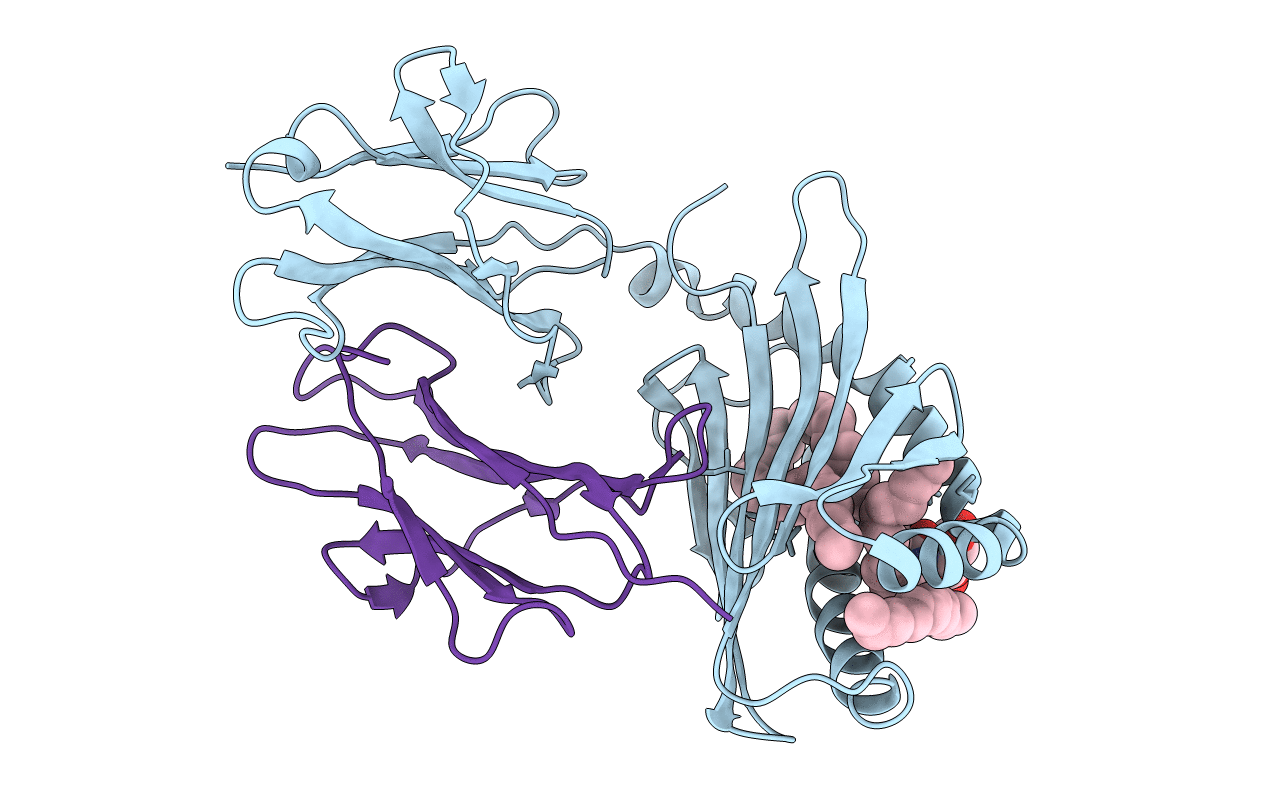
Deposition Date
2002-05-24
Release Date
2002-07-31
Last Version Date
2024-11-13
Method Details:
Experimental Method:
Resolution:
2.80 Å
R-Value Free:
0.27
R-Value Work:
0.22
R-Value Observed:
0.22
Space Group:
C 2 2 21


